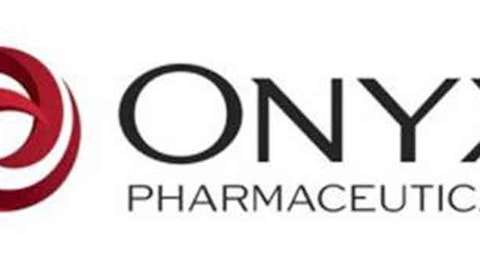Metabolism
This is where many drugs run into trouble. The liver contains hundreds of variations of metabolic enzymes responsible for degrading nutrients and drugs. This metabolism is important to deactivate (or sometimes activate) molecules in the body to be efficiently converted into energy or excreted. The liver has evolved to increase or decrease the levels of these enzymes, depending on their usage. But when drugs inadvertently cause these enzyme levels to change, the resulting liver toxicity can result in dangerous side effects.
Of the more recent high-profile drugs to be scratched from late-stage trials because of liver toxicity was Eli Lilly & Co. (NYSE:LLY)‘s BACE inhibitor LY2886721. Eli Lilly & Co. (NYSE:LLY)’s treatment for Alzheimer’s was in a phase 2 trial when routine blood tests showed abnormal liver function — thought to be an off-target side effect. At the time, Eli Lilly & Co. (NYSE:LLY) was part of the blockbuster race with big-name competitors Merck and AstraZenica. Now Eli Lilly & Co. (NYSE:LLY) is left with a smaller Alzheimer’s pipeline, and the drug solanezumab is in clinical trials. The company is attempting to start fresh with a new preclinical approach.
Excretion
Once a drug reaches the bloodstream, it is often filtered out by the kidneys to be expelled in the urine. Kidney physiology is incredibly complex, playing roles in biological functions as diverse as blood pressure, heart rate, and regulation of blood acidity.
So when kidney function is disrupted due to diabetes, toxicity, cancer, heart failure, or any other number of renal ailments, an assessment of drug excretion can be critical to identifying populations at risk for side effects. Often, drugs that are excreted through the kidney are contraindicated in elderly or otherwise sick patients. This is particularly the case with antibiotic or chemotherapeutic agents, which often undergo renal excretion and are affected by age. Other modes of elimination, such as biliary (liver) elimination or exhalation, may show diminished risk of renal toxicity.
The big idea
Understanding pharmacokinetics can be a useful tool for investors as they watch drugs develop through the pipeline. The importance of pharmacokinetics, especially metabolism, is not limited to the examples above. In some cases, these properties can give drugs a strong competitive advantage as they enter the market. In others, they can cause the downfall of a promising therapy before even hitting the market. Include an ADME analysis with your next SWOT analysis, and maybe you’ll have a leg up in finding the next big blockbuster to invest in.
The article A Pharmacology Primer for Biotech Investors originally appeared on Fool.com and is written by Seth Robey.
Seth Robey has no position in any stocks mentioned. The Motley Fool recommends Seattle Genetics.
Copyright © 1995 – 2013 The Motley Fool, LLC. All rights reserved. The Motley Fool has a disclosure policy.





